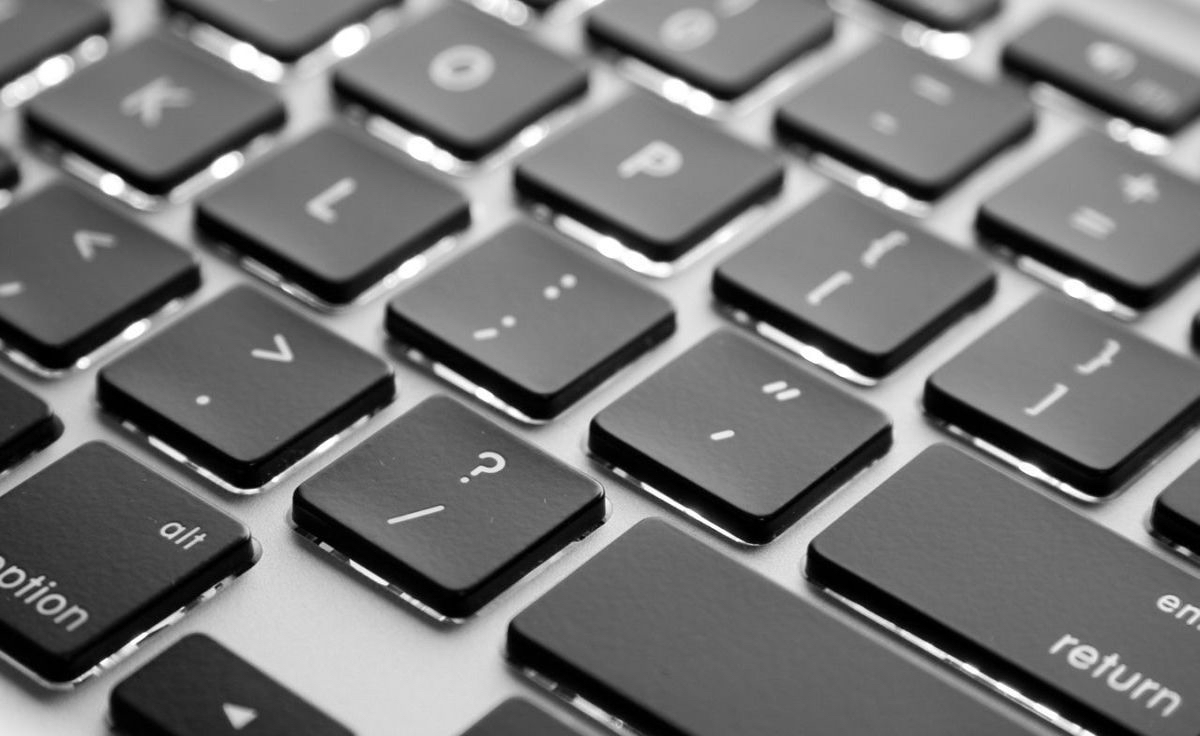We've talked quite a lot about Recovery OS, an underestimated feature of OS X that makes it easier to troubleshoot your Mac even if it refuses to start up properly.
But as you'll see for yourself in this post, Recovery OS is but one of the more than dozen different ways to start up your computer, aside from OS X's regular startup mode. In this tutorial, we'll list all the ways you can start up your Mac and detail each one.
